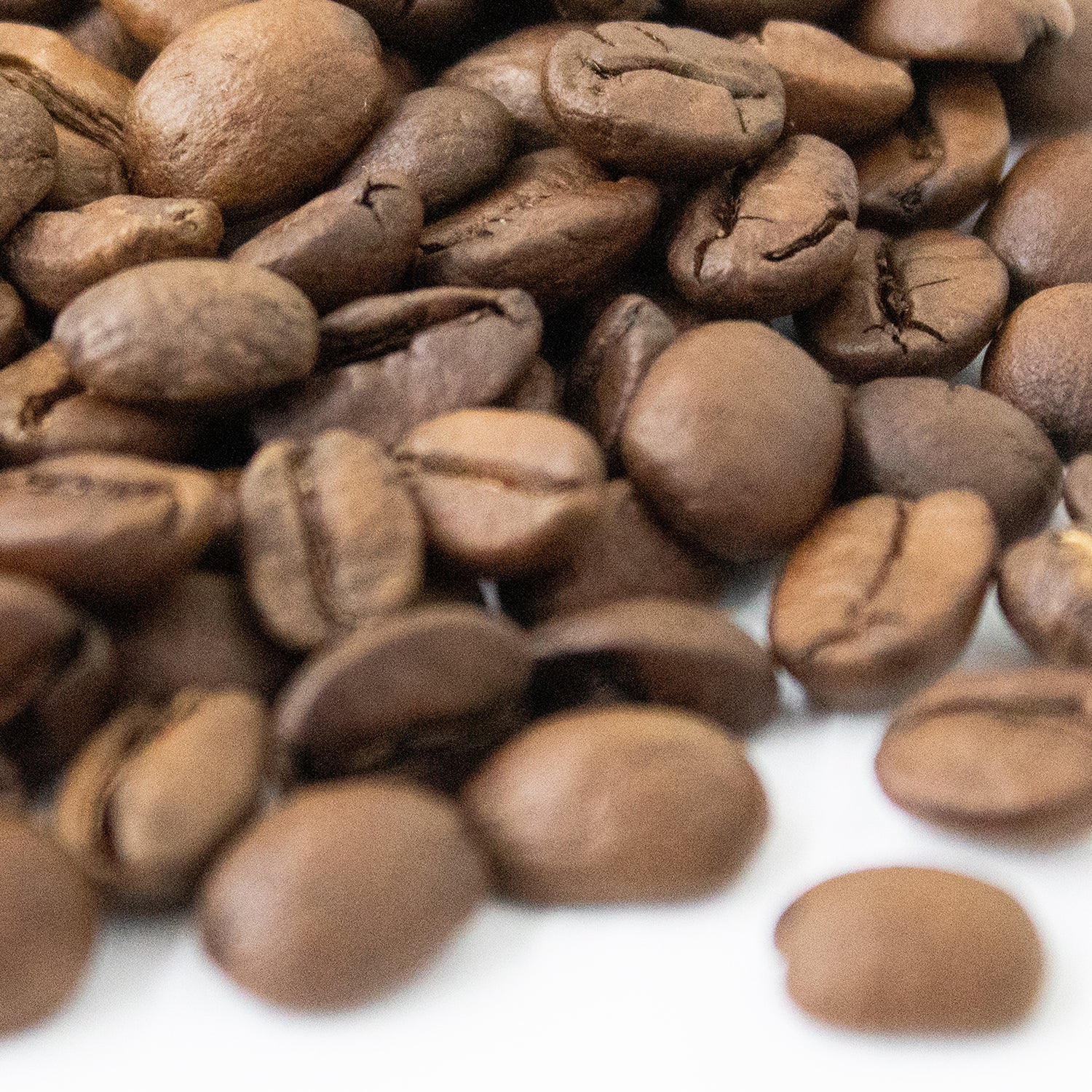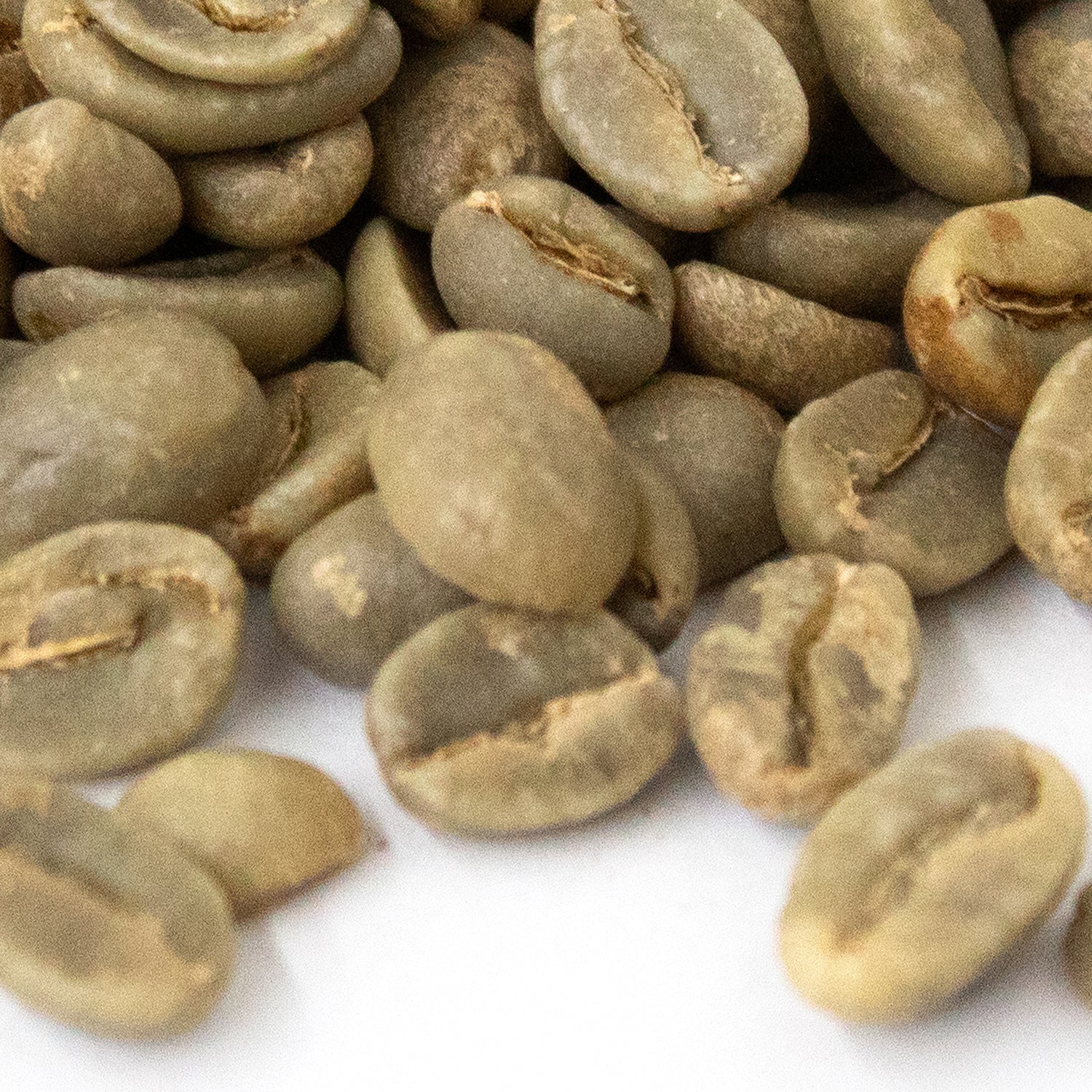Central American
Mexico Robusta
Mexico Robusta
This is an organic certified Robusta, grown right alongside Arabica plants in the mountains of Chiapas Mexico. I don’t have much experience with robusta, but here’s what I’ve learned so far. First, organic robusta is very hard to find. The varietal was genetically created to be able to grow at low levels with high yields, at the expense of losing its good taste (think Florida tomato industry…) So most of it IS grown at low levels where pests are a problem. This also causes most robusta to be very small and a soft bean — tricky to roast and suscepitble to burning. Third, robusta does not have a lot of body to it and tastes “thin” and “rubbery” Fourth, it smells awful when you roast it and has quite a bit of chaff.
So you’ve heard all about this elusive terrible robusta and are curious to see it first hand. Here is a good one for you to experiment with. It’s part of the International Women's Coffee Alliance, which is an organization of women farmers all around the world. And finally, it really isn’t all that bad, and has almost no chaff. You’ll have no problem roasting this in your home roasting units.
The only APPROVED specialty coffee industry use for robusta is to stick it in your espresso at a 10 to 15% level to give it a full richness, creamy body, and extra caffeine. You want to take it at least into the 2nd cracks -- probably about 15 seconds into the 2nd cracks (and the 2nd cracks start late, so be ready for that).
But the unapproved thing you can do with it is create a high-caffeine drip blend. Blend it with something light and sweet, like a Tanzania or a New Guinea. Roughly 50-50 and you get a cup of coffee that 1 — makes everyone extraordinarily cheerful and 2 — tastes different than what you’re used to, but is not offensive — just different.
Drink it 100% straight, and call me nuts, but in a pinch I could handle a cup of this. I’ve definitely had Brazils and Colombias that were far more unpleasant. The aroma is deep and intoxicating, the body is on the thin side, but not altogether missing. The flavor is that of a bitter coffee, but has hints of grains (barley?) and nuts (almond?), and if you pair it with something like dark chocolate, it’s pretty dang good. The body is nice, and aftertaste is only mildly earthy. If anything, a feature that contributes nicely to a blend.
So there you have it. I don’t expect it to be a good seller, but it’s a robusta I can stand behind. If you’re curious or adventurous, go ahead and try a pound and let me know what you think.






